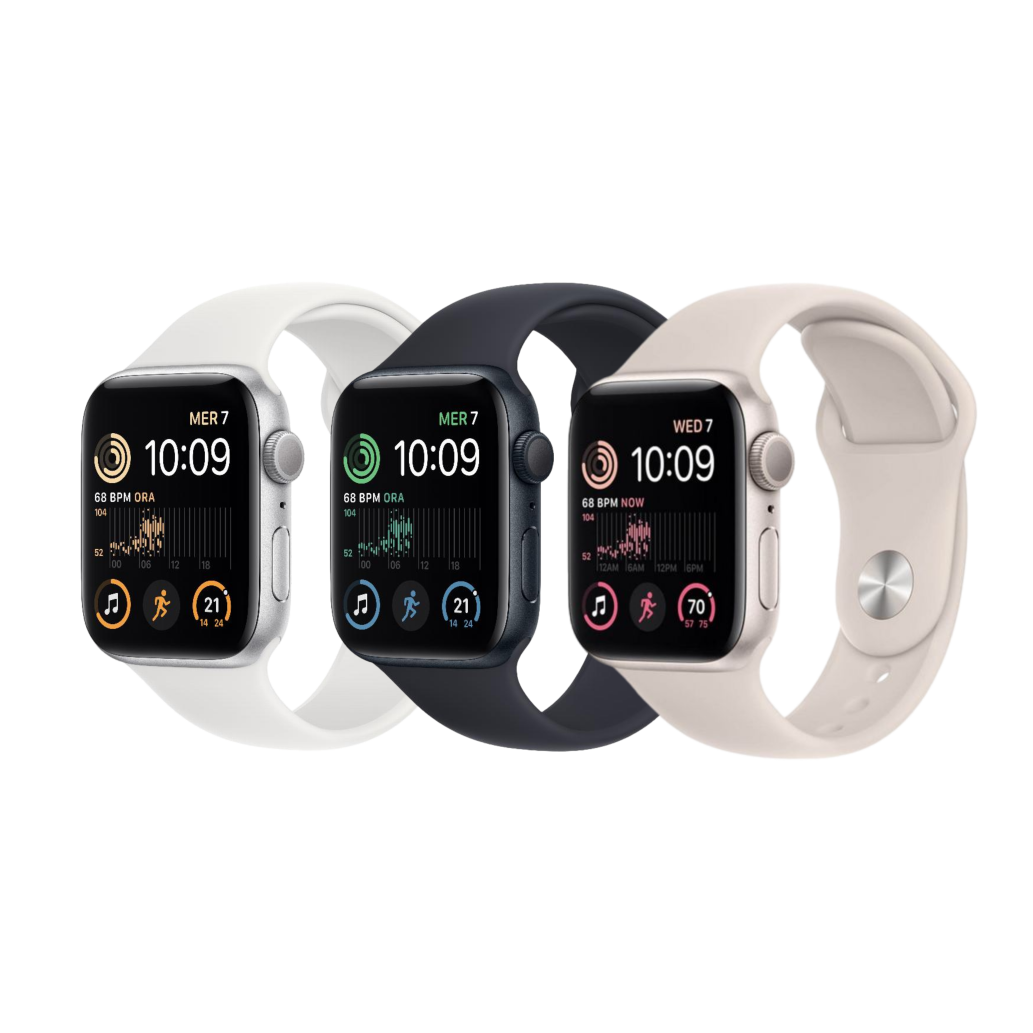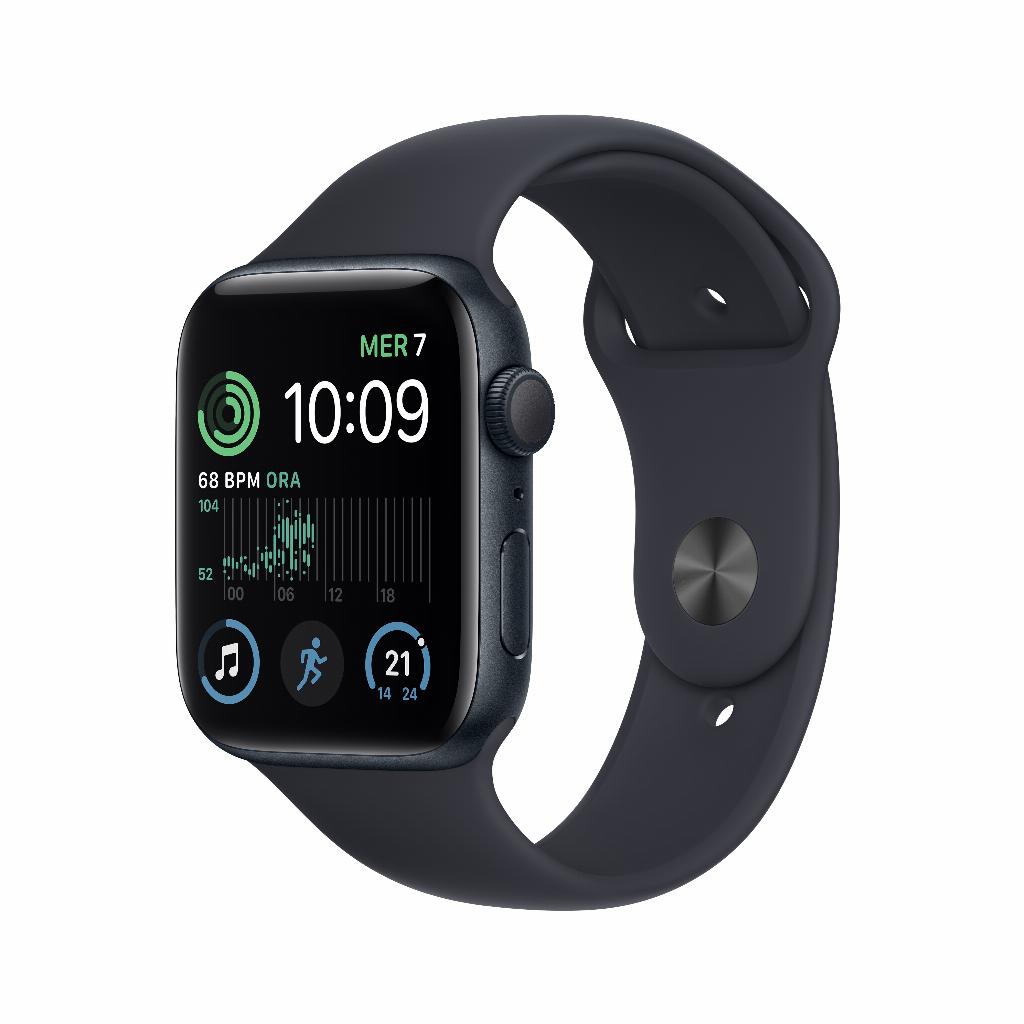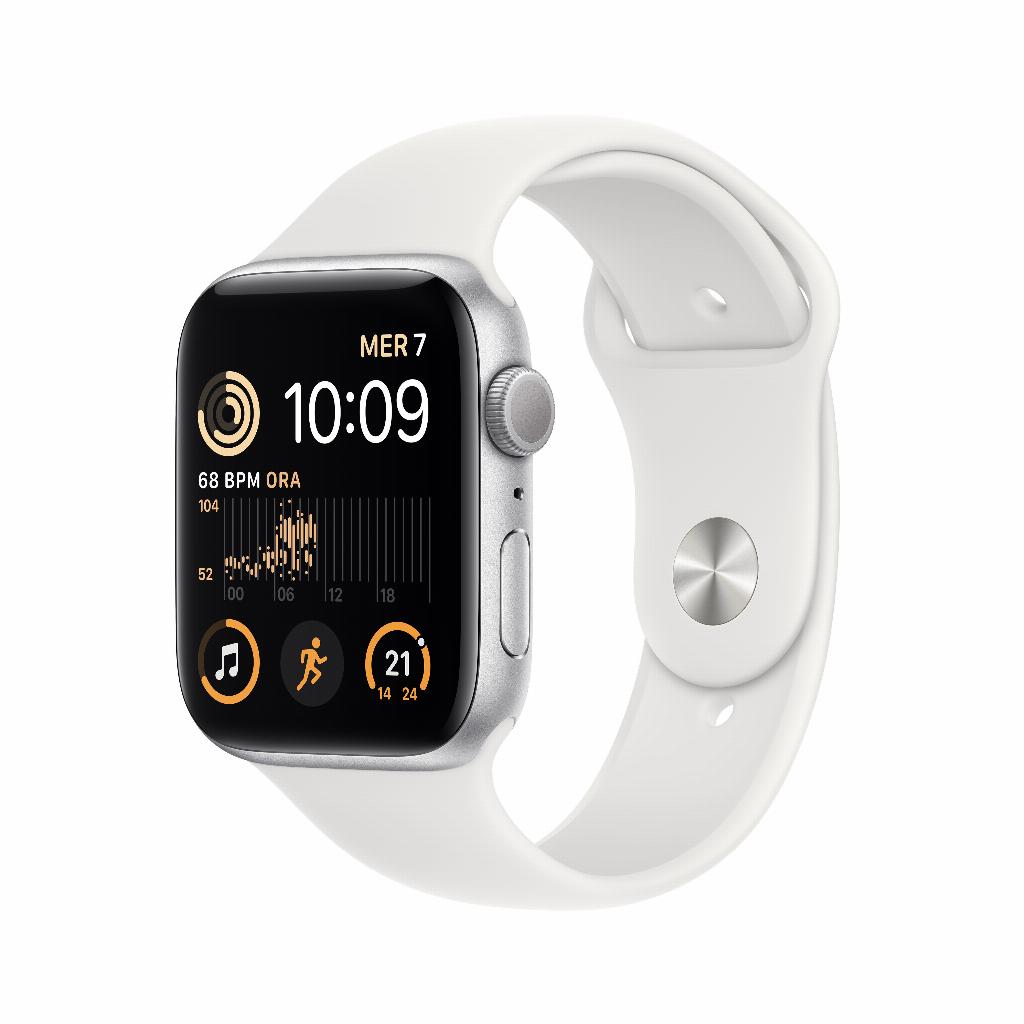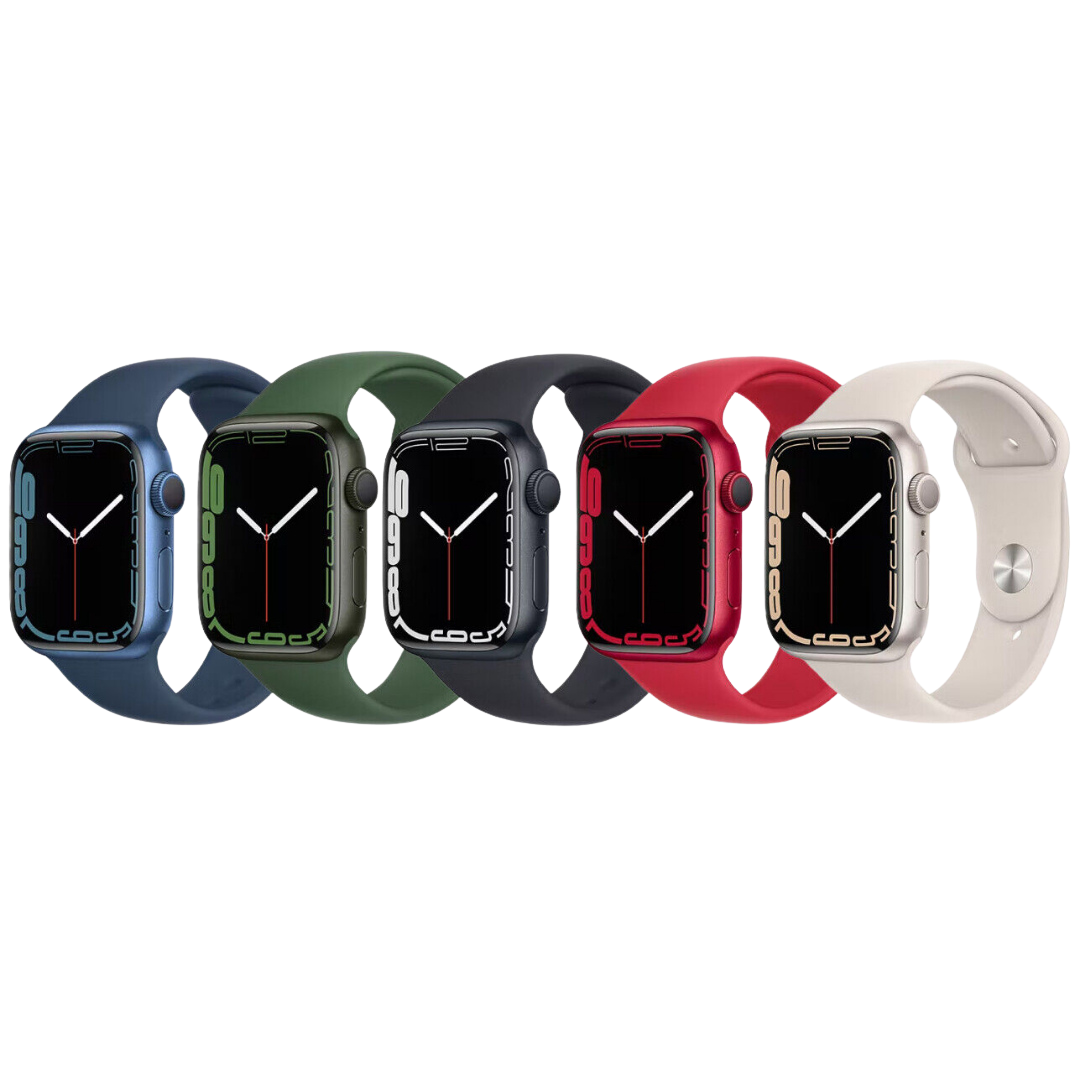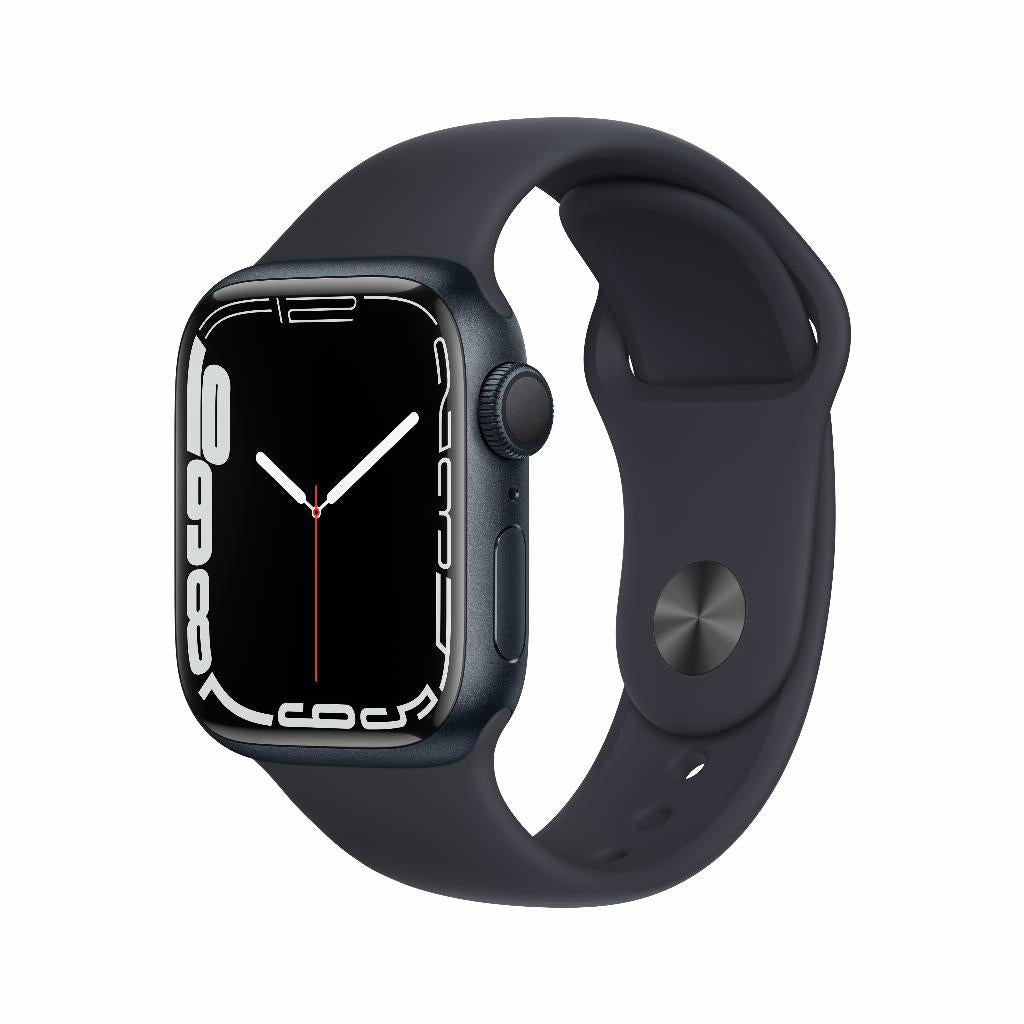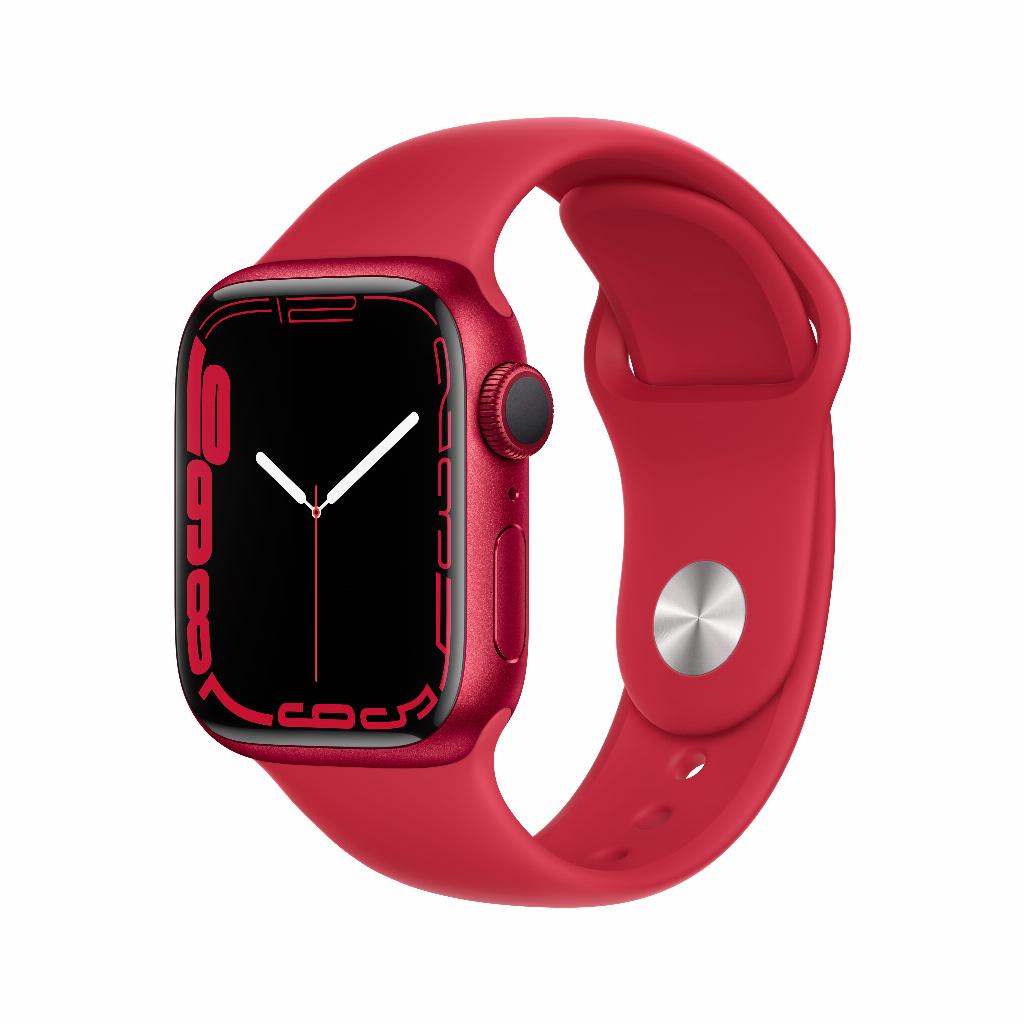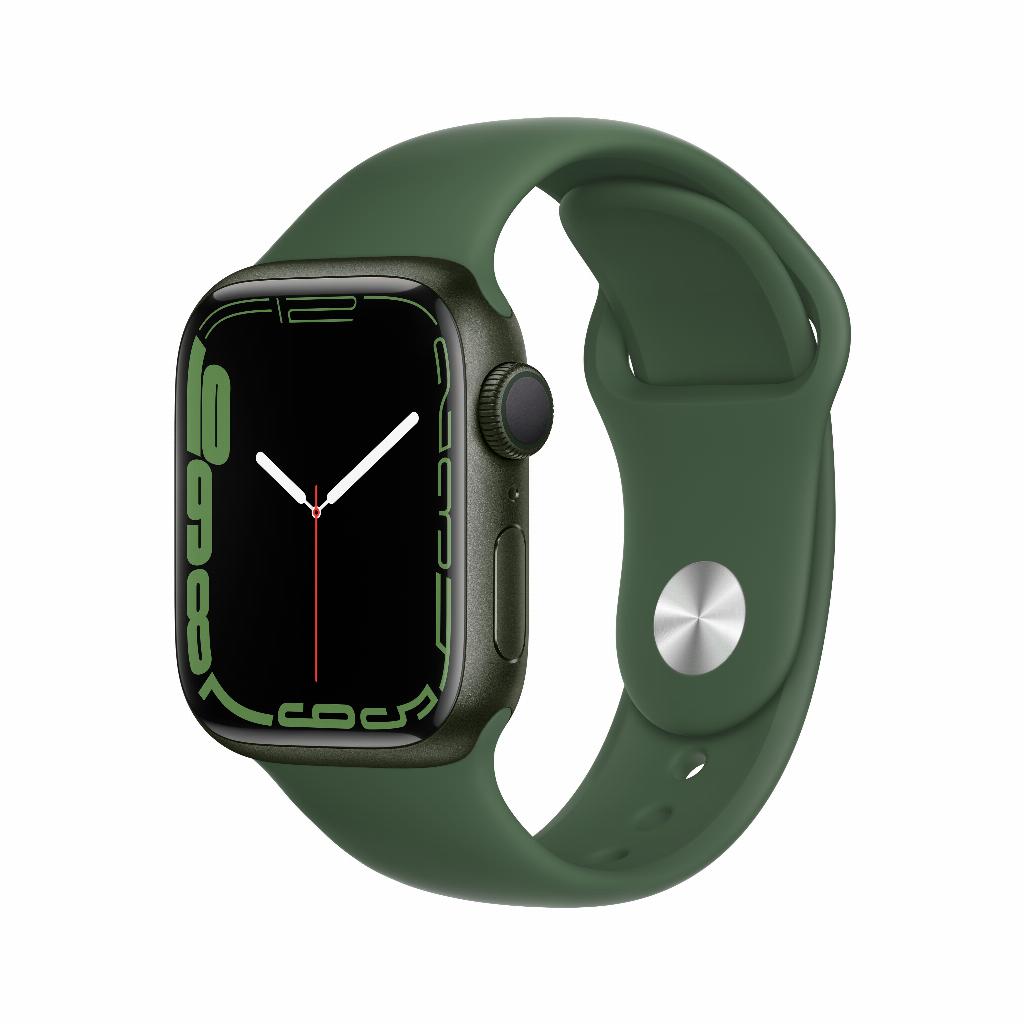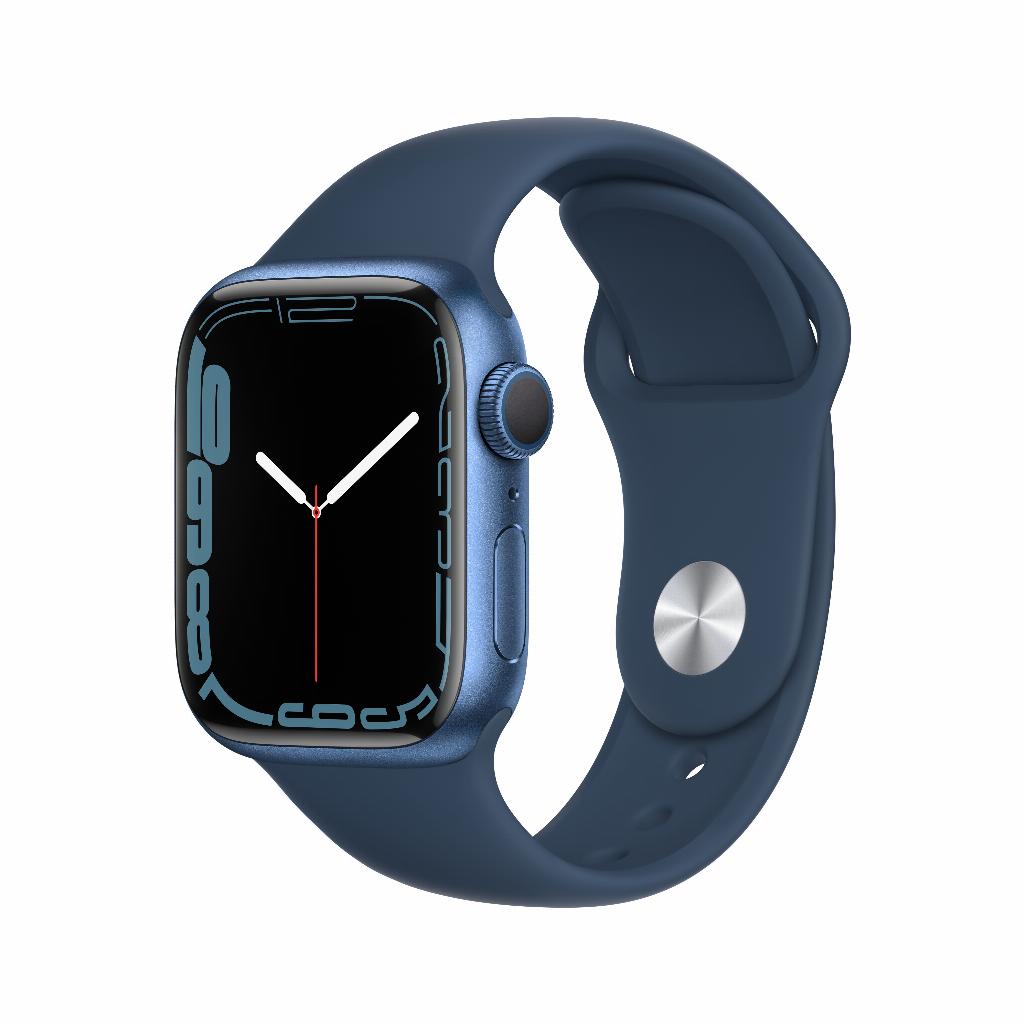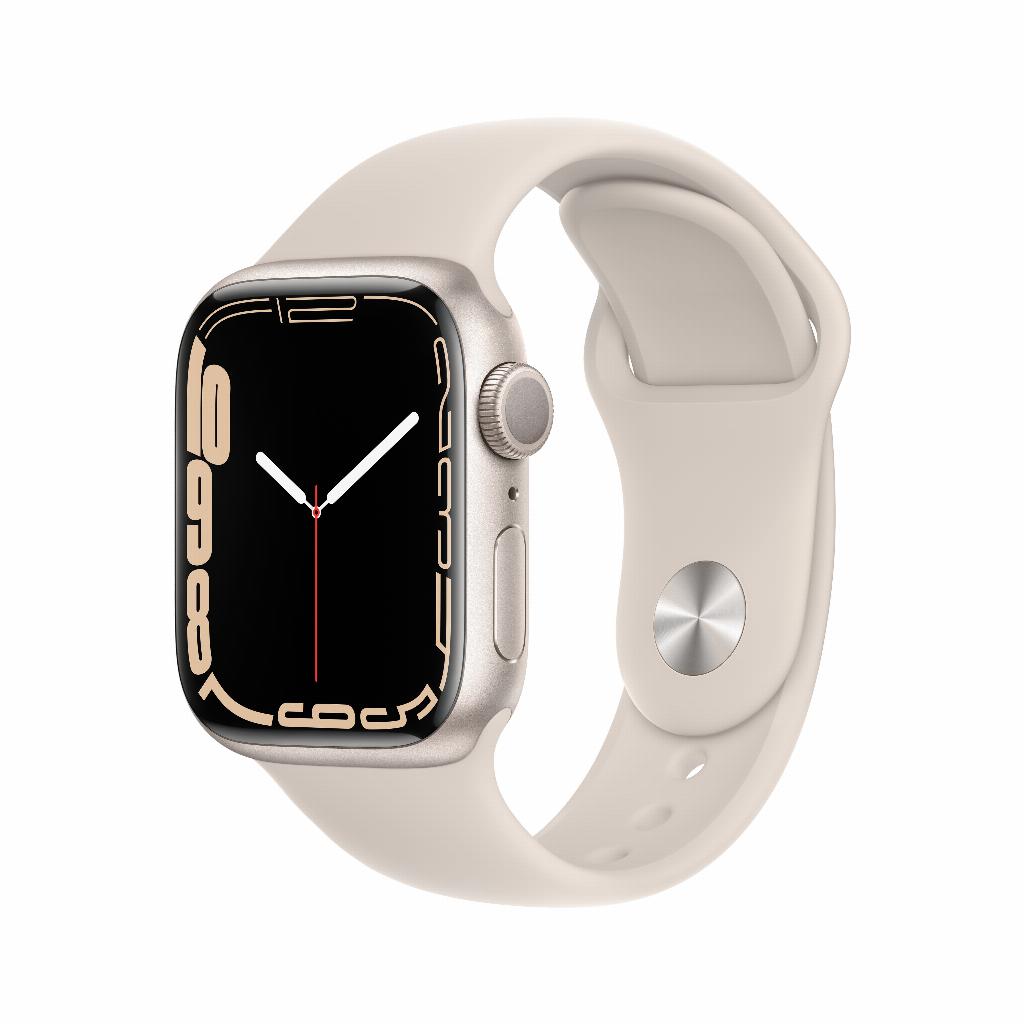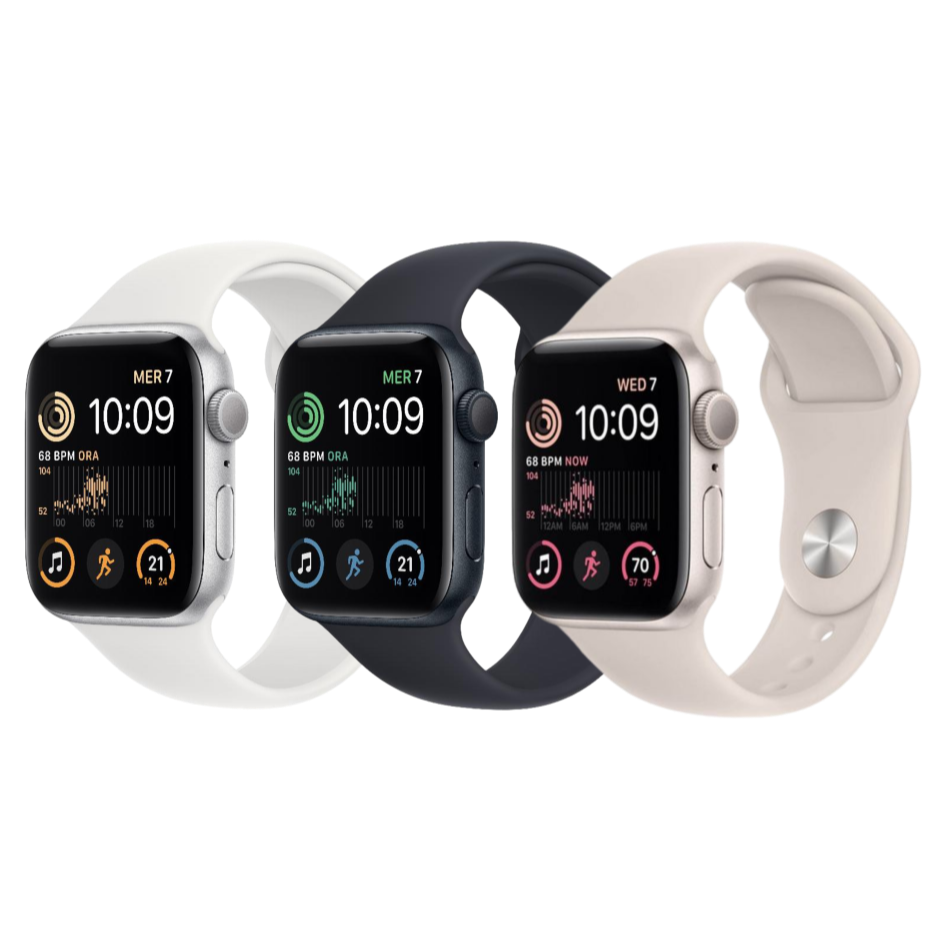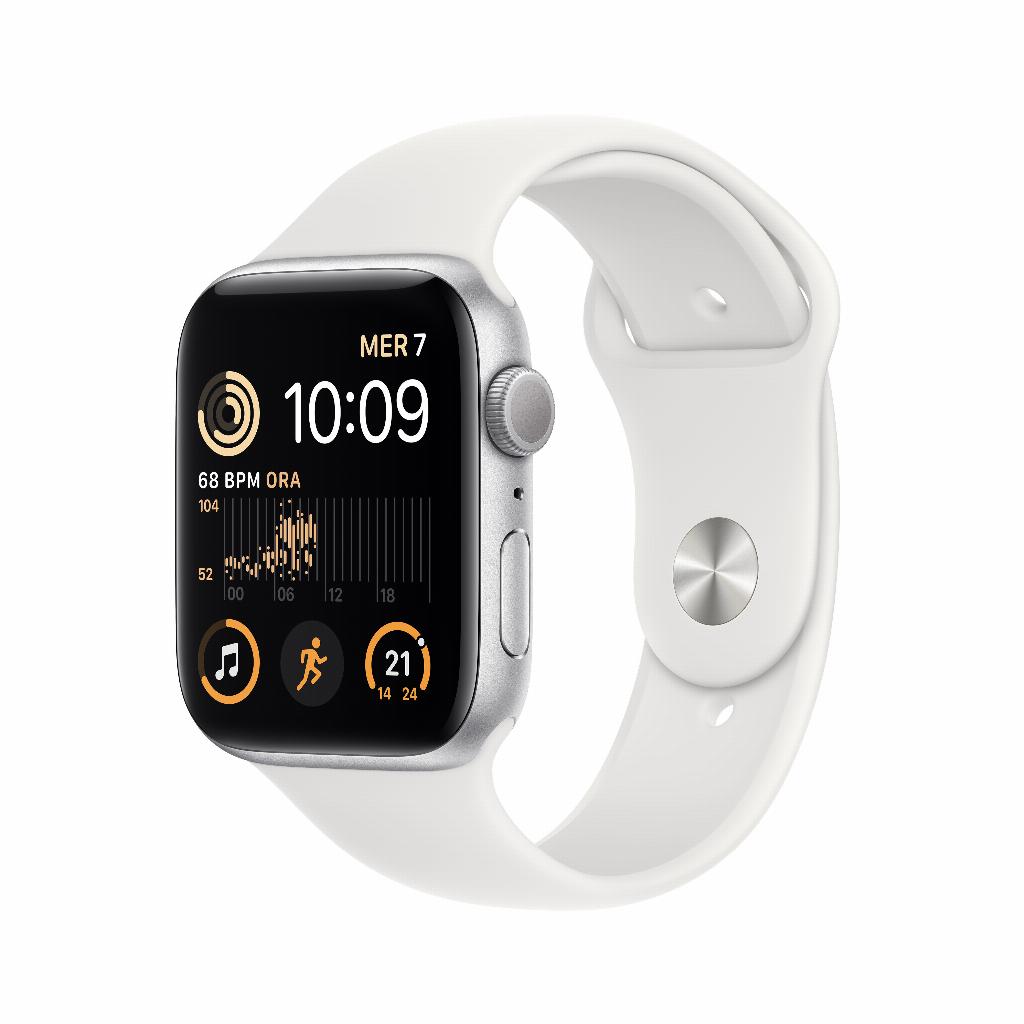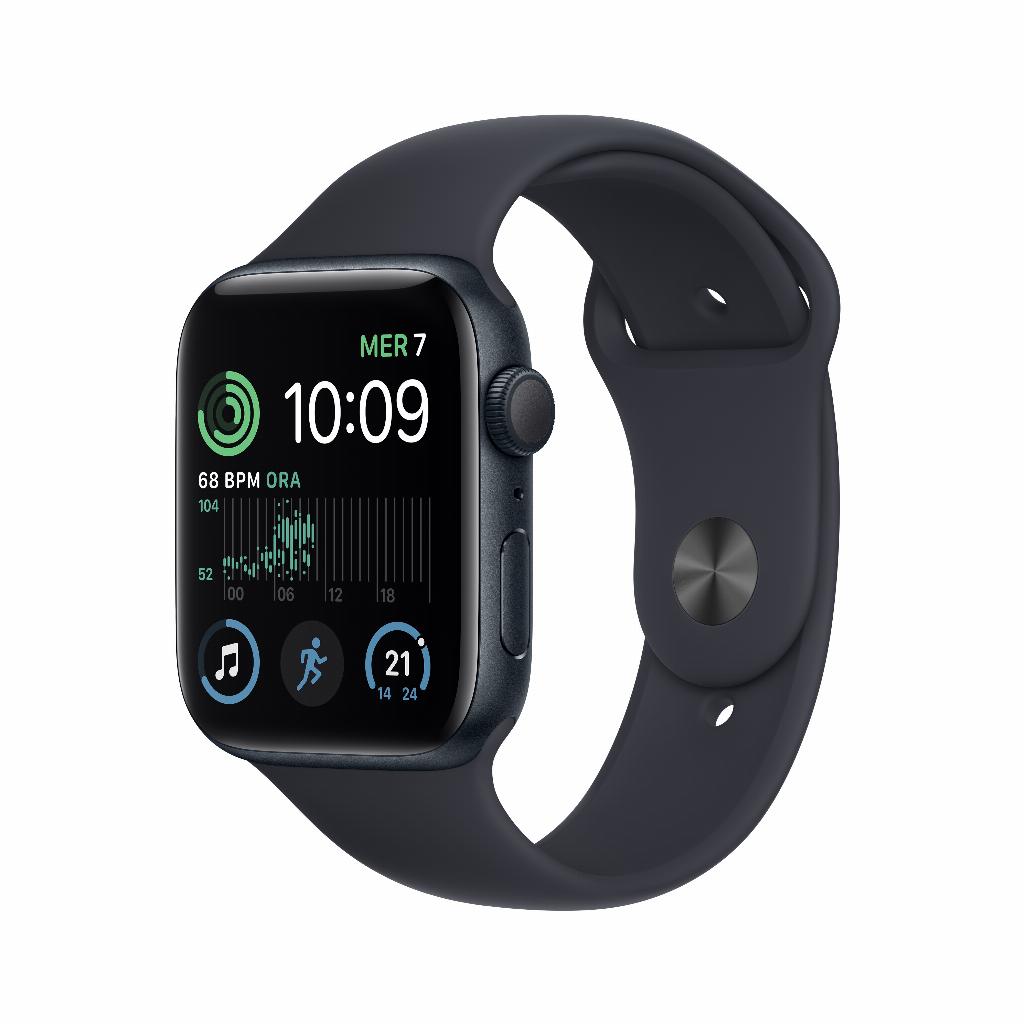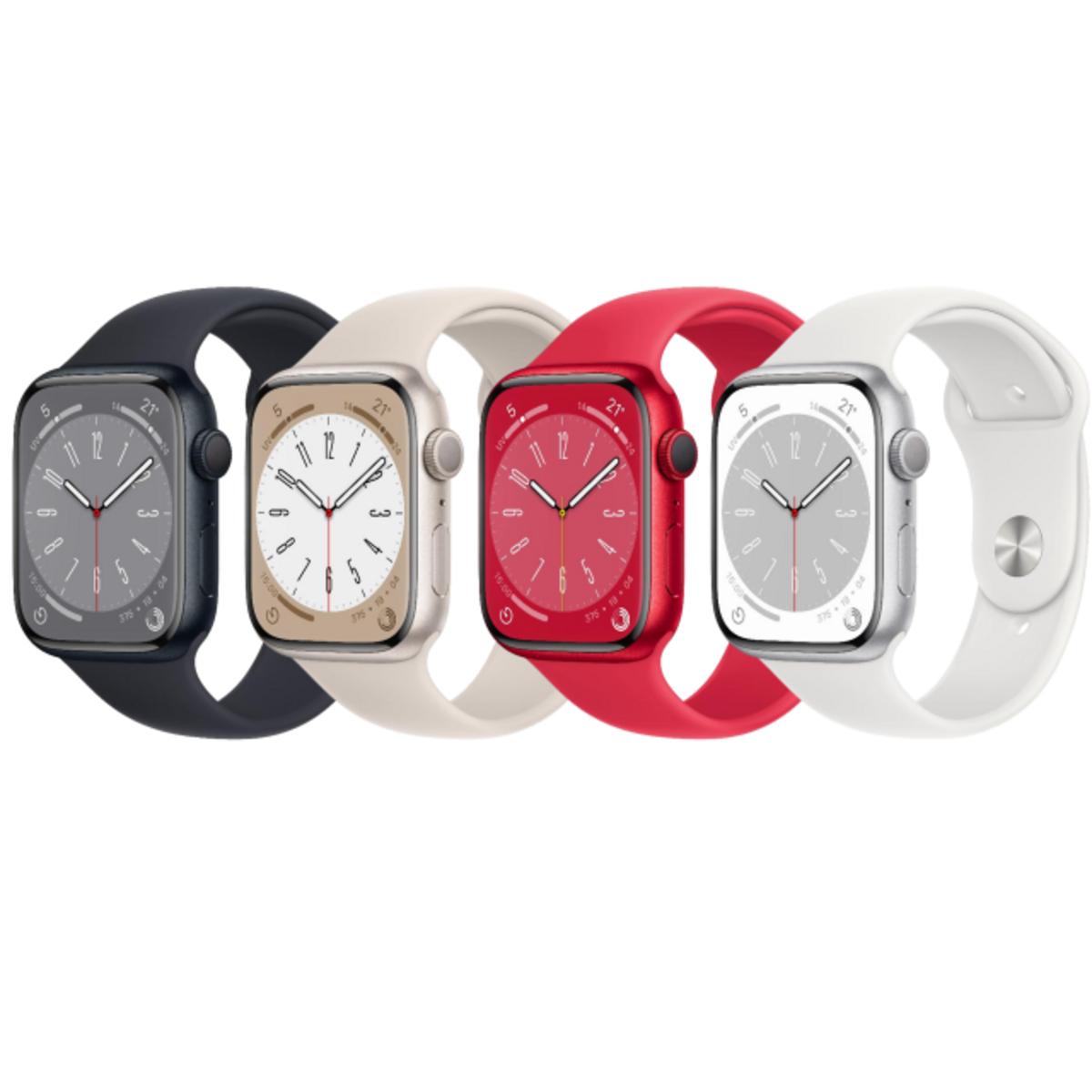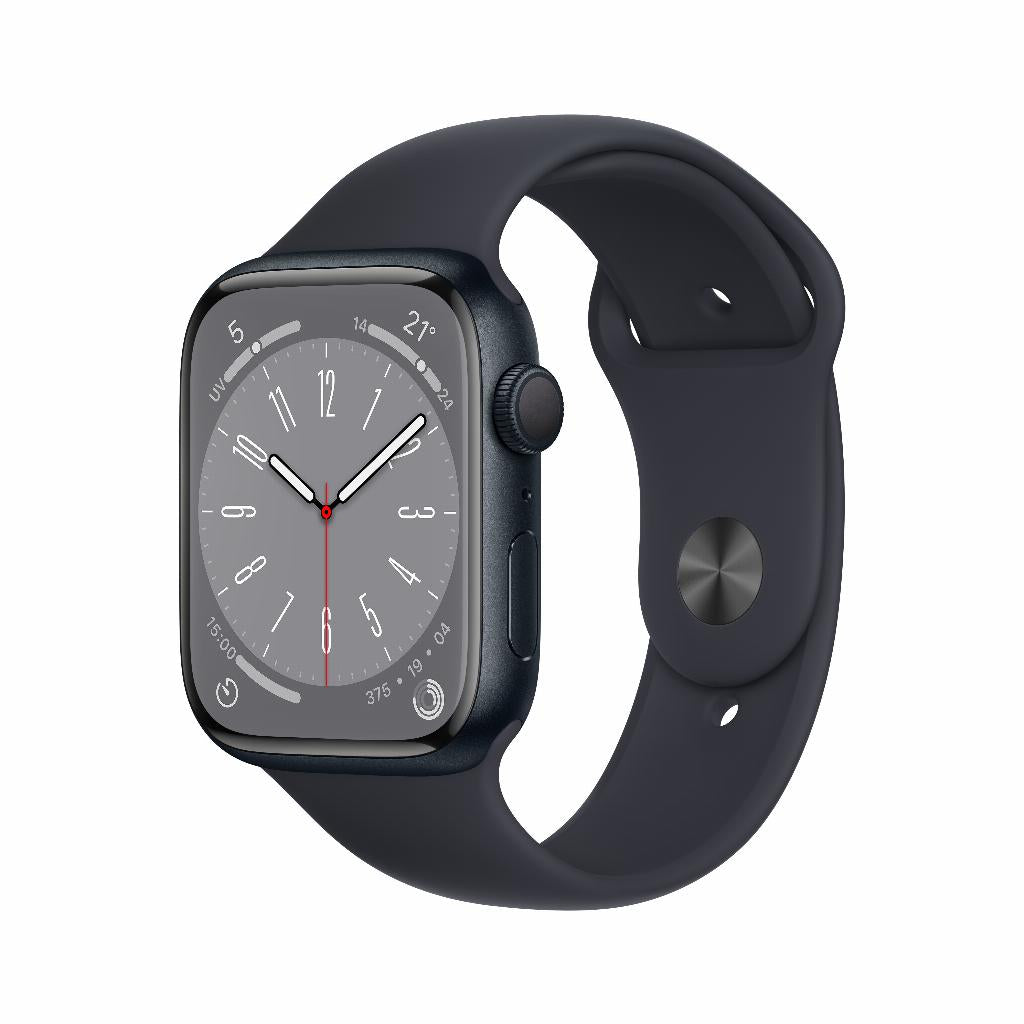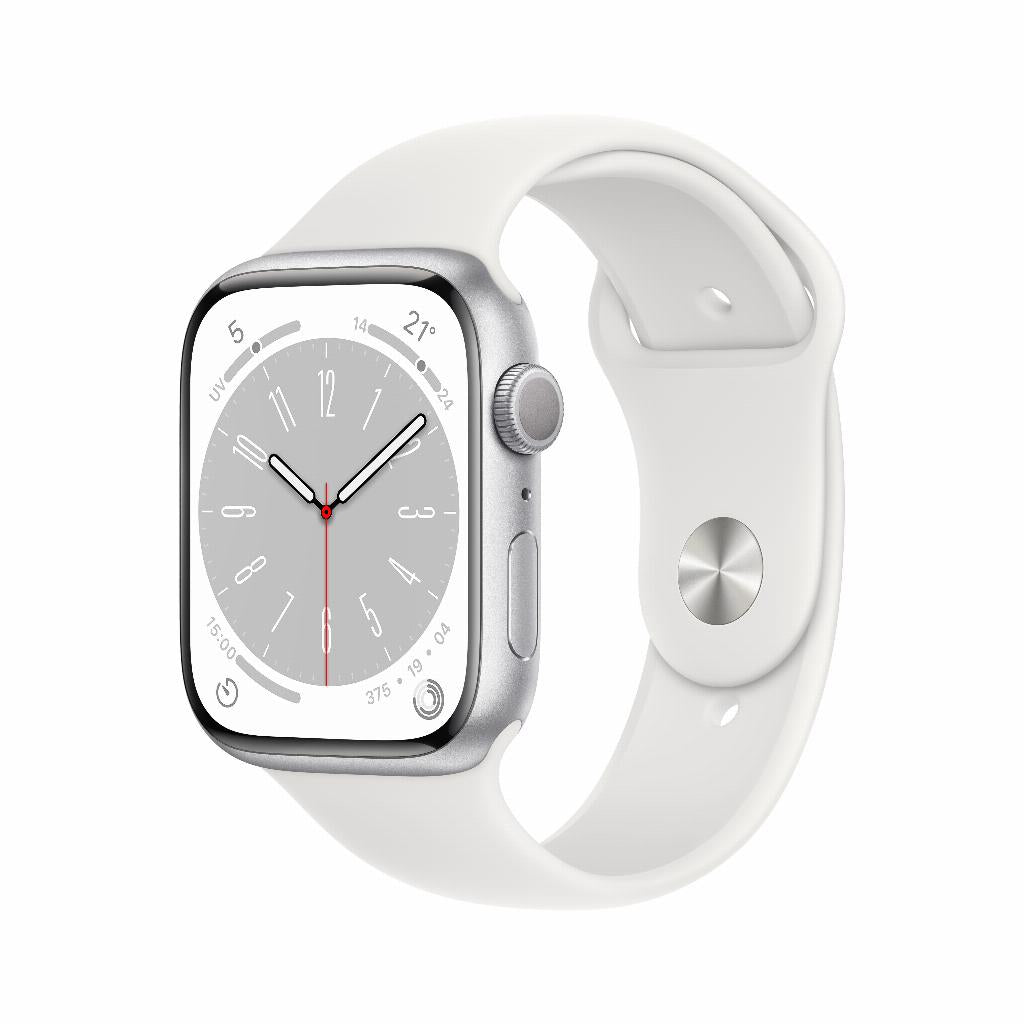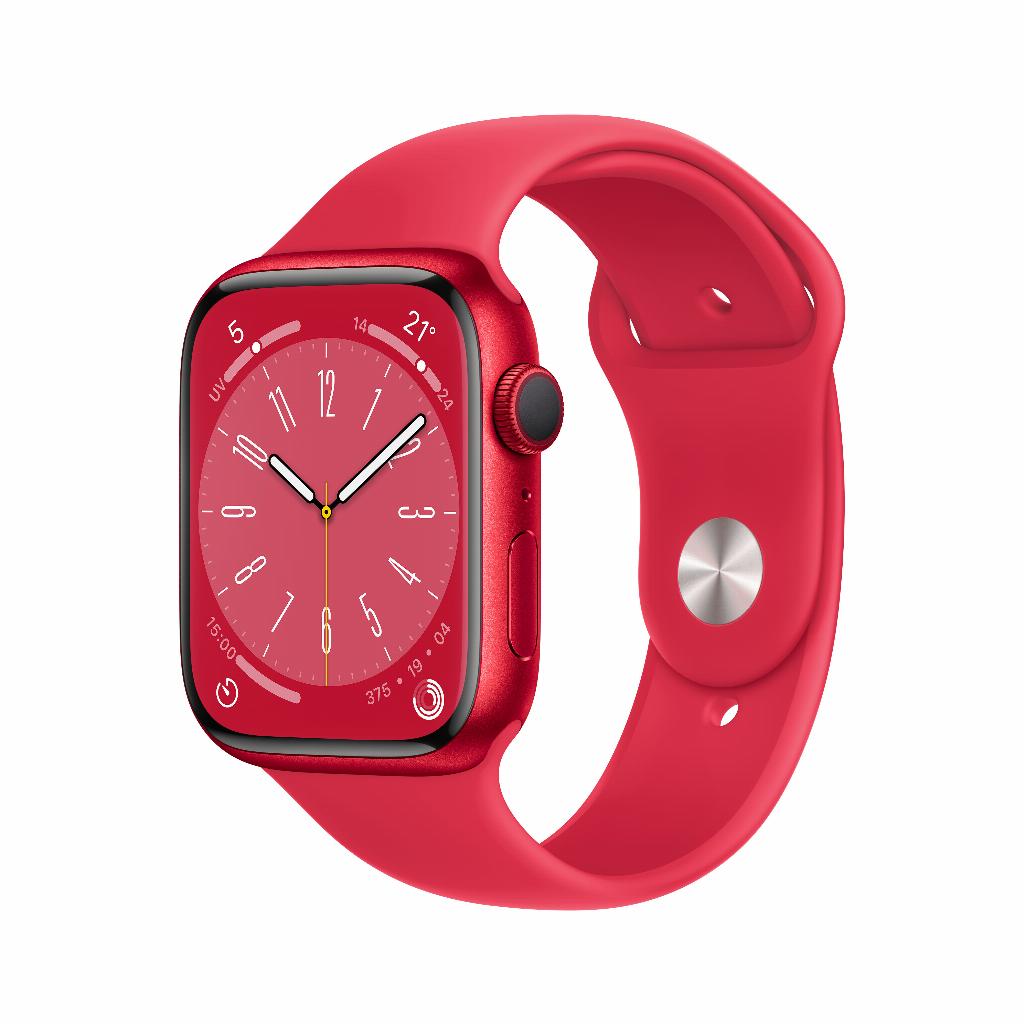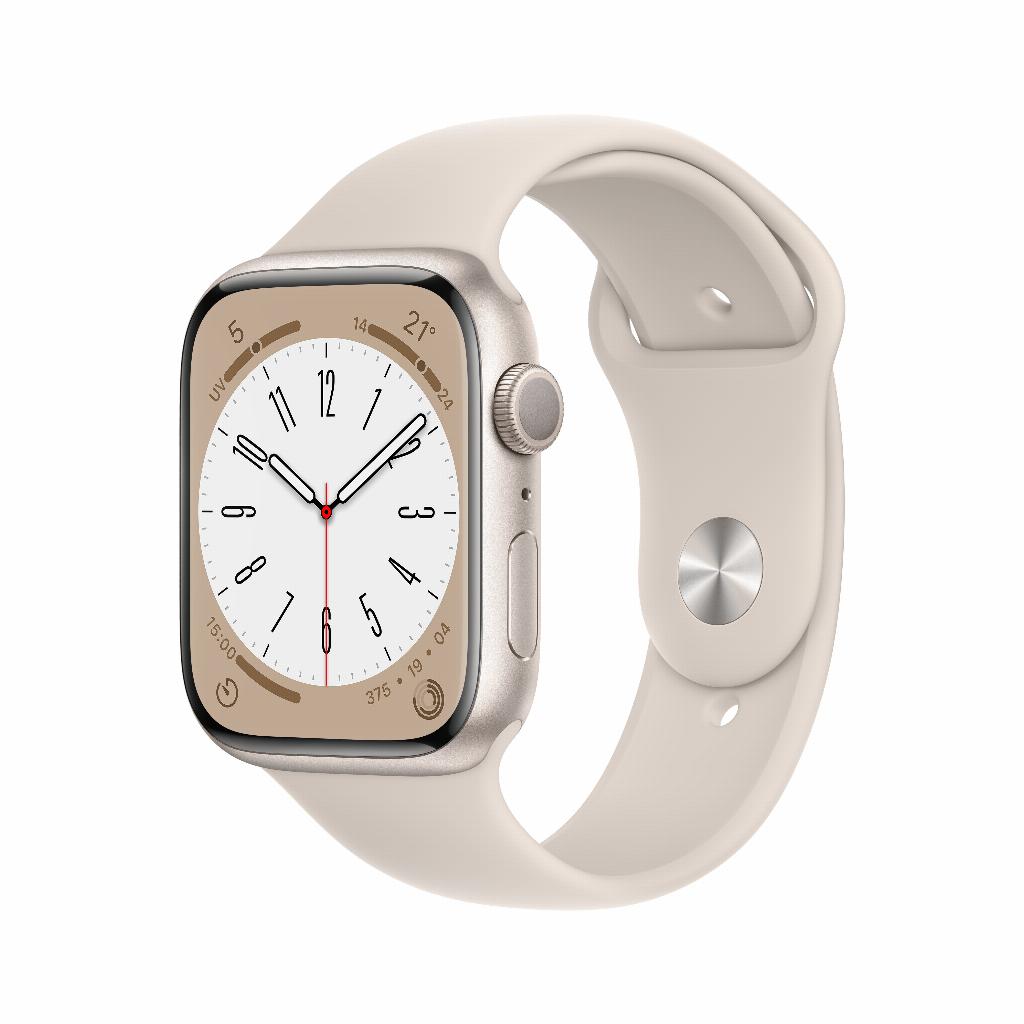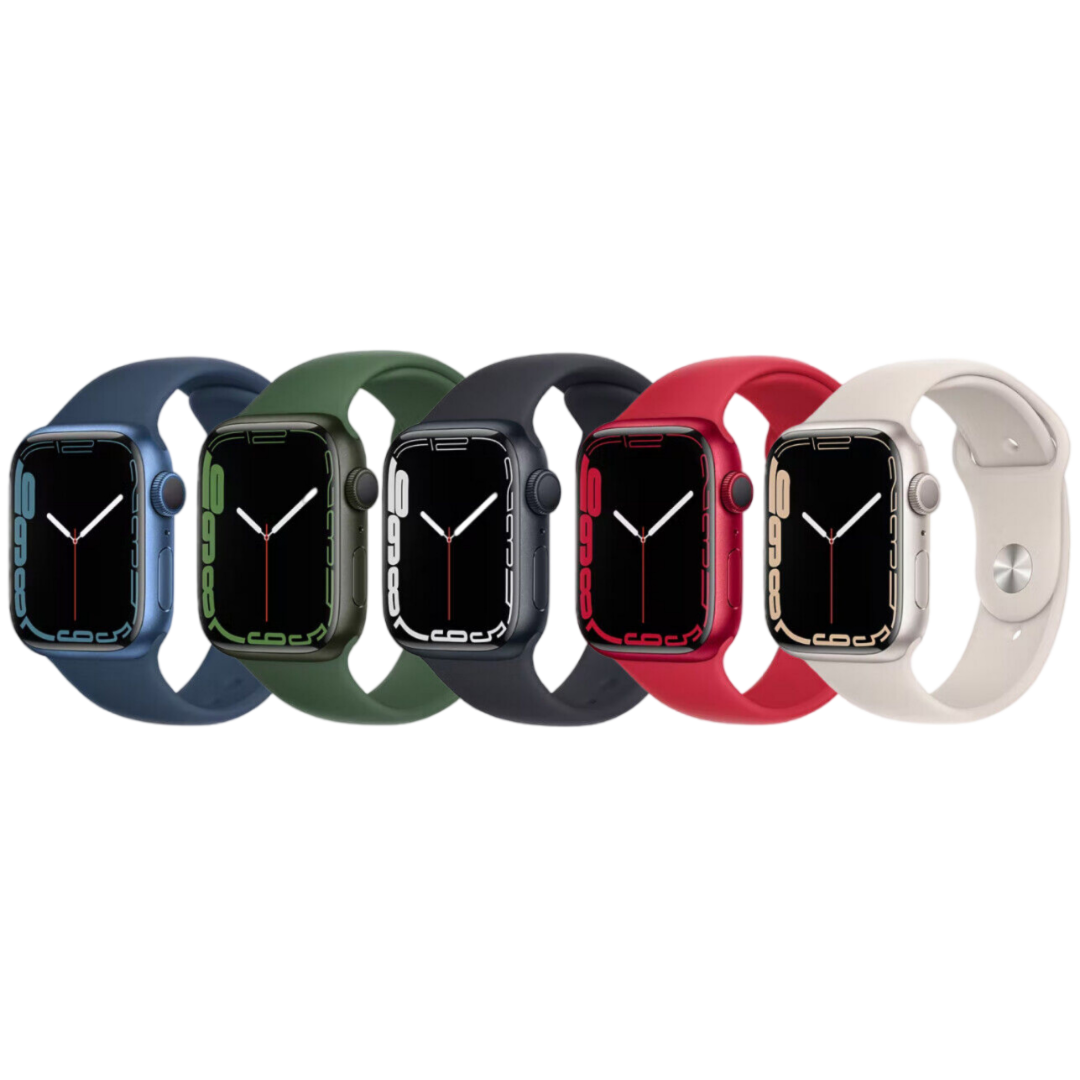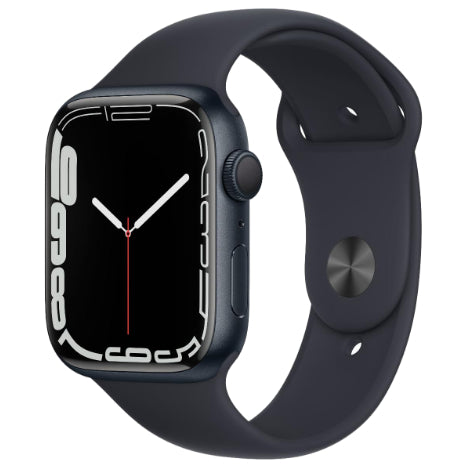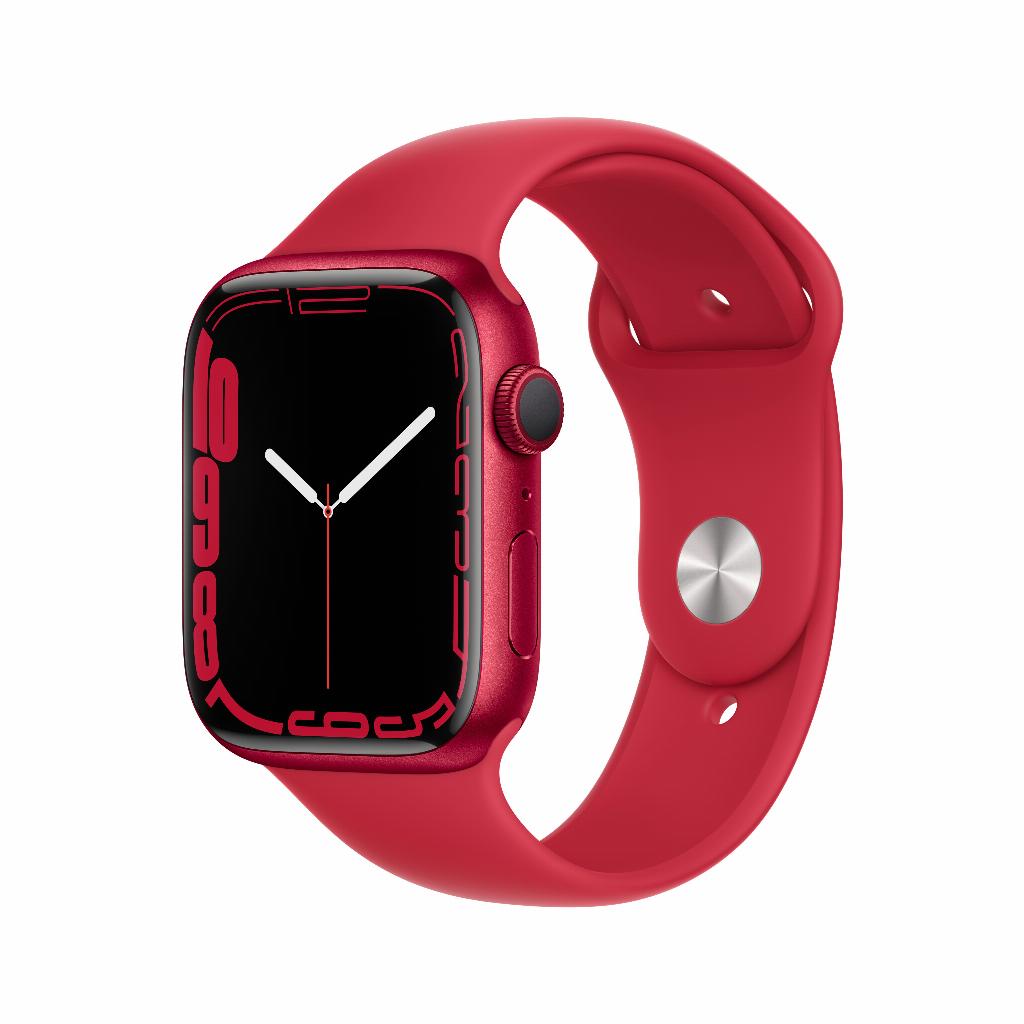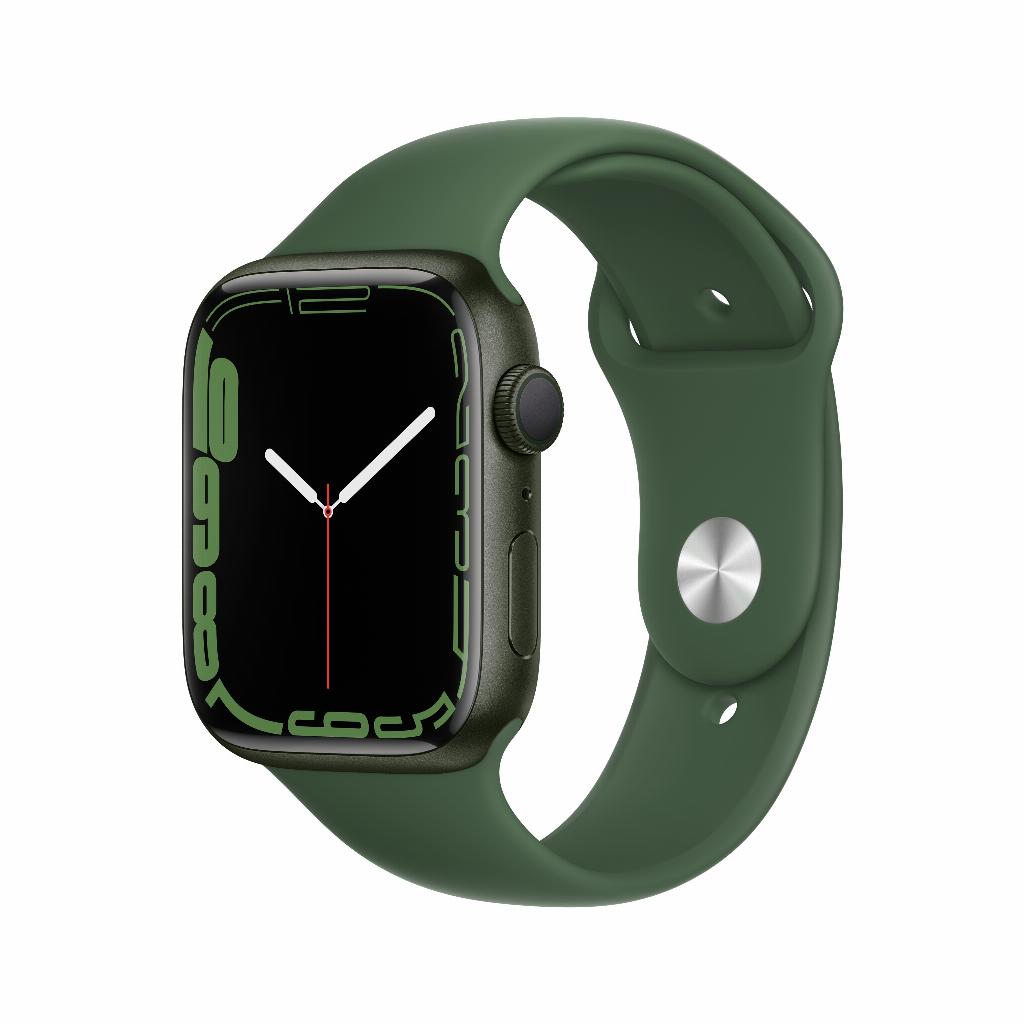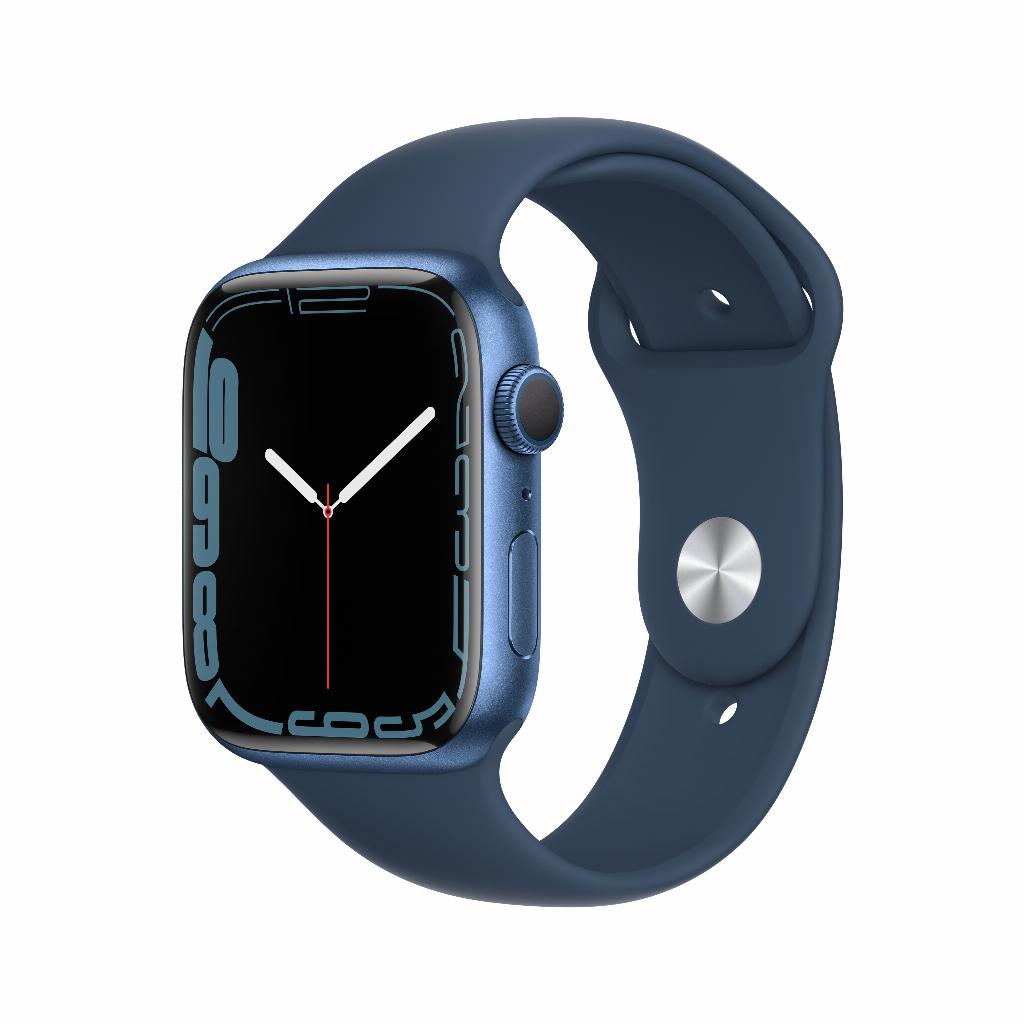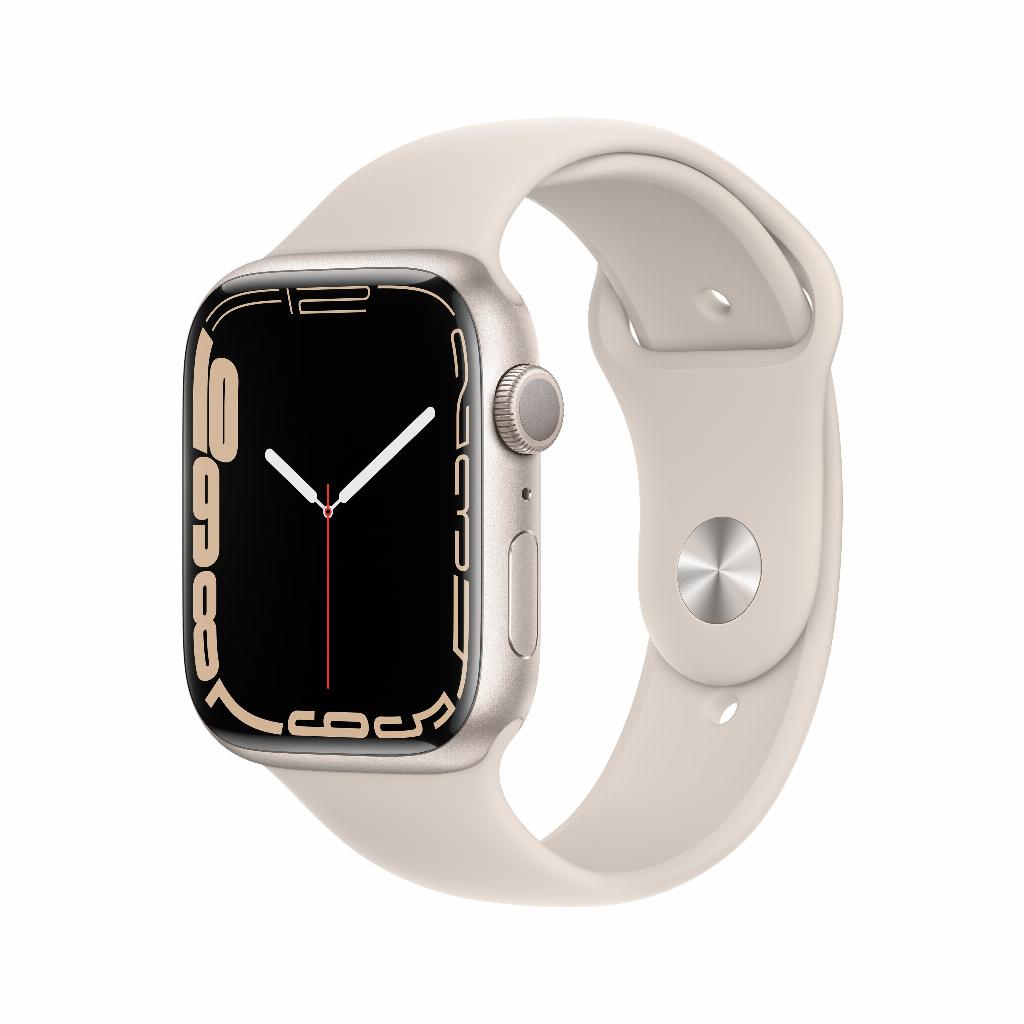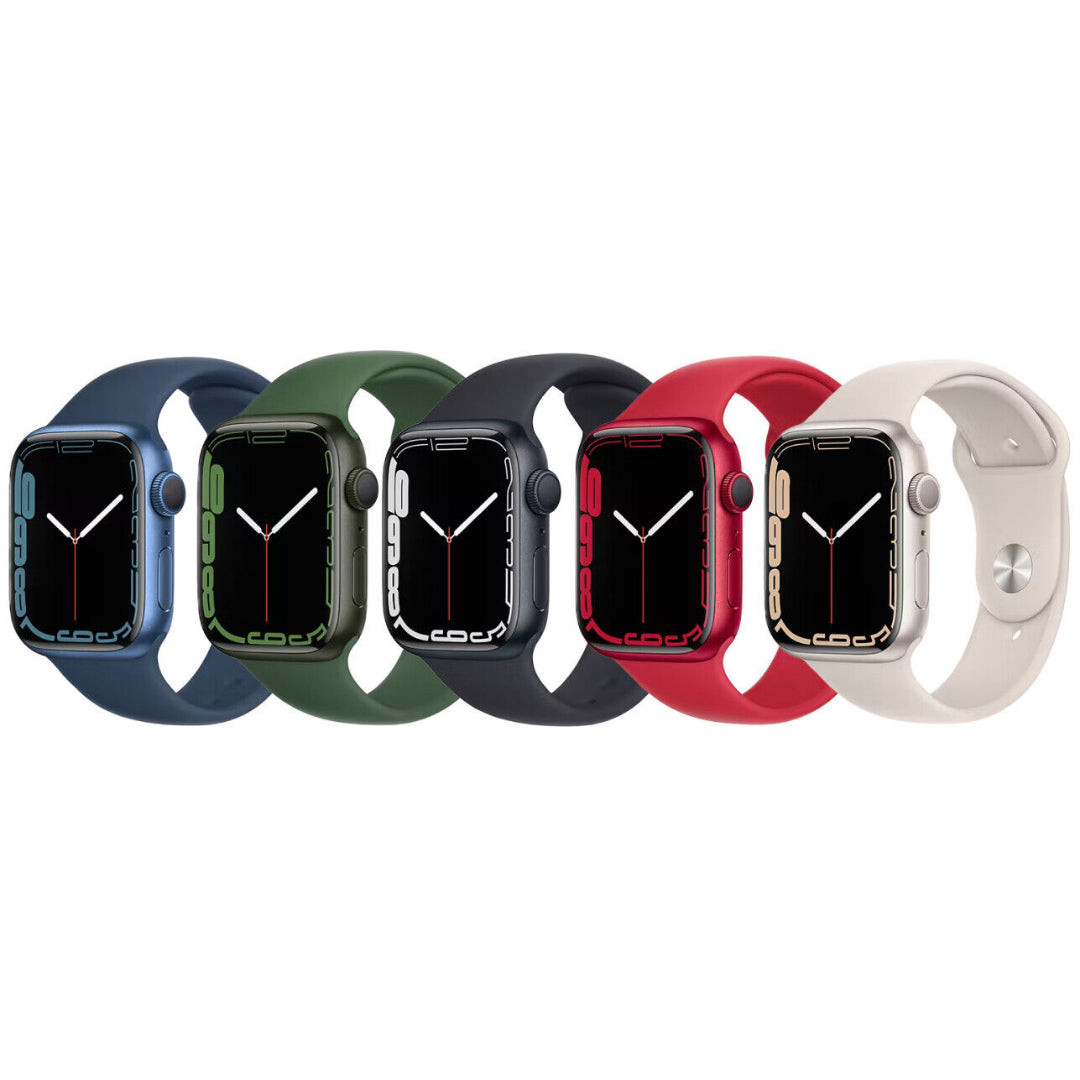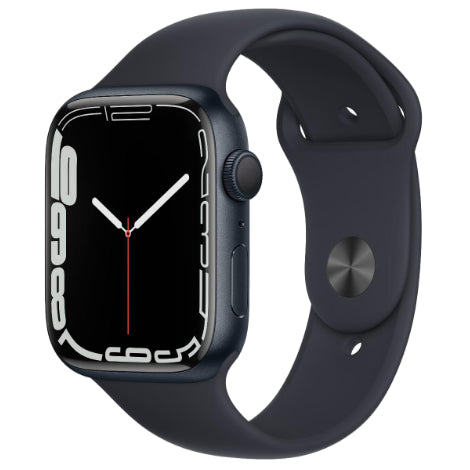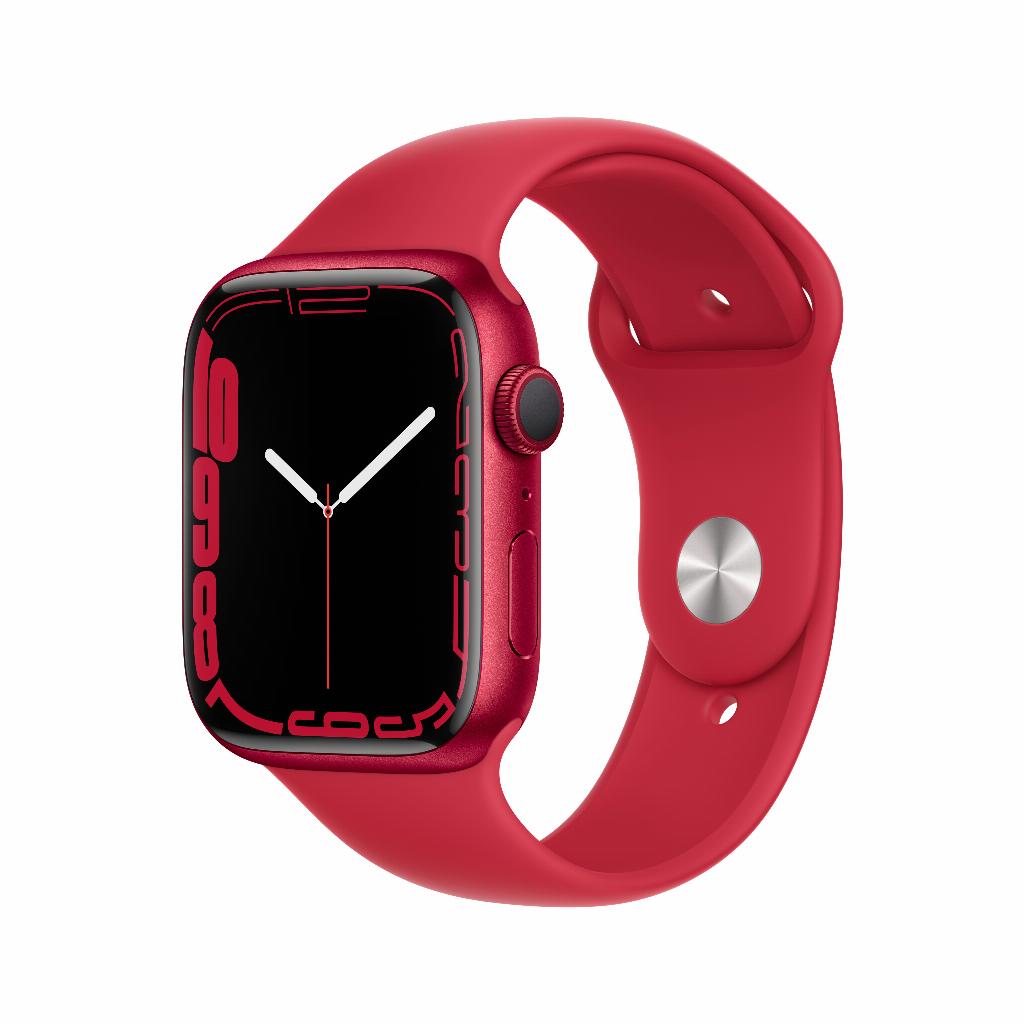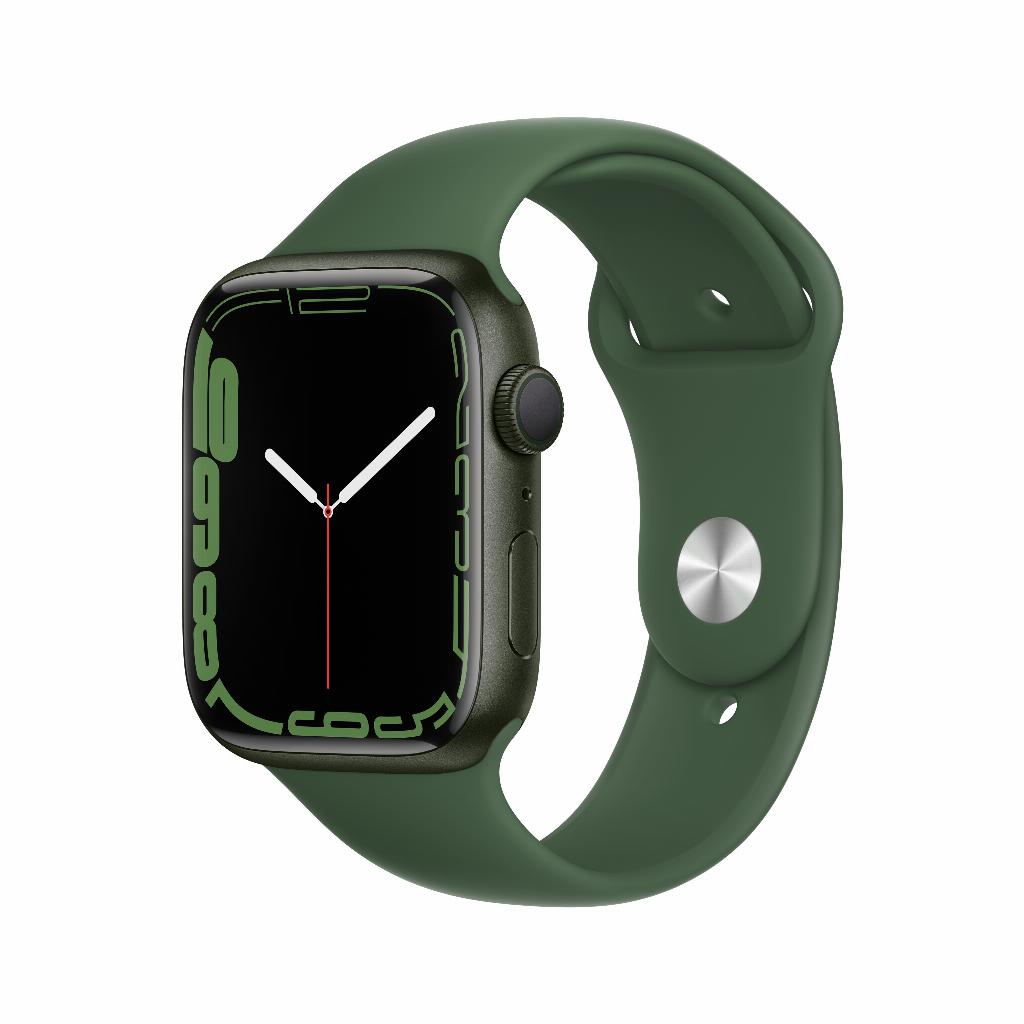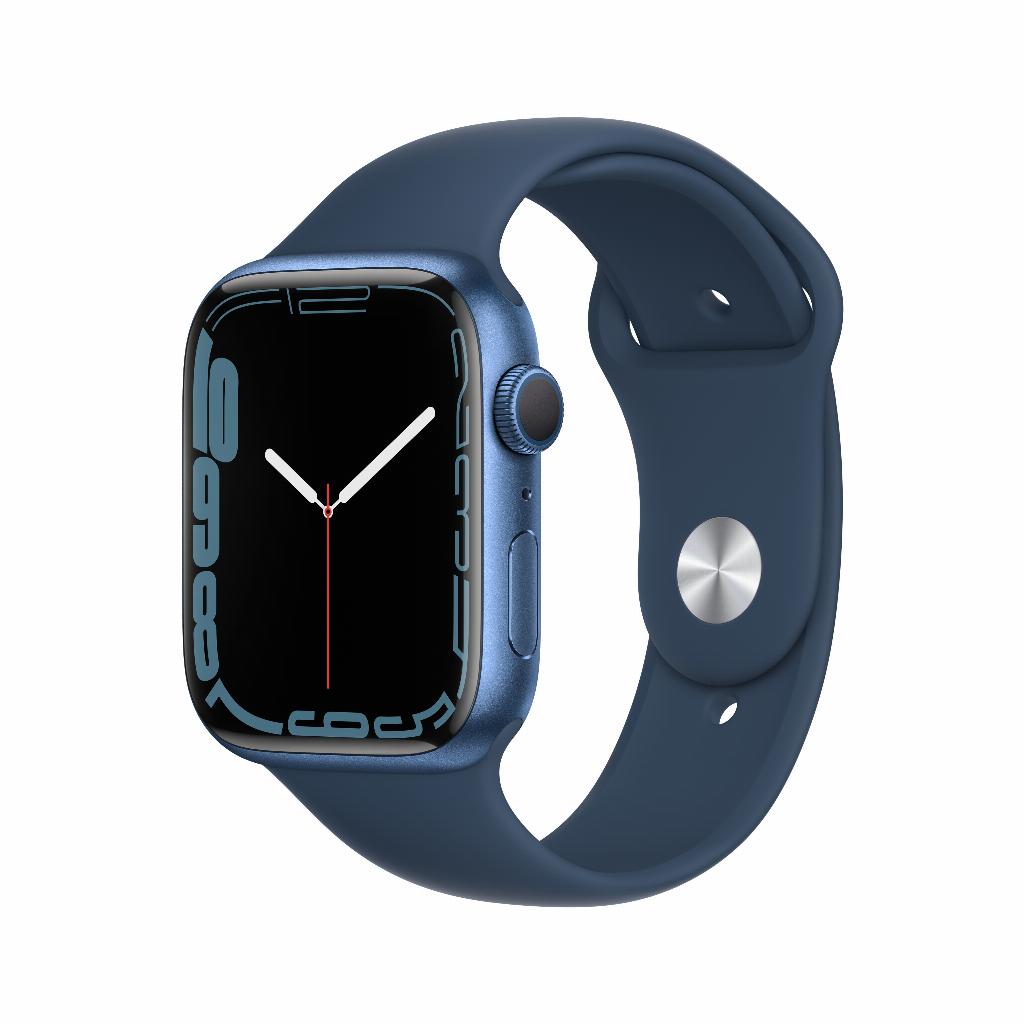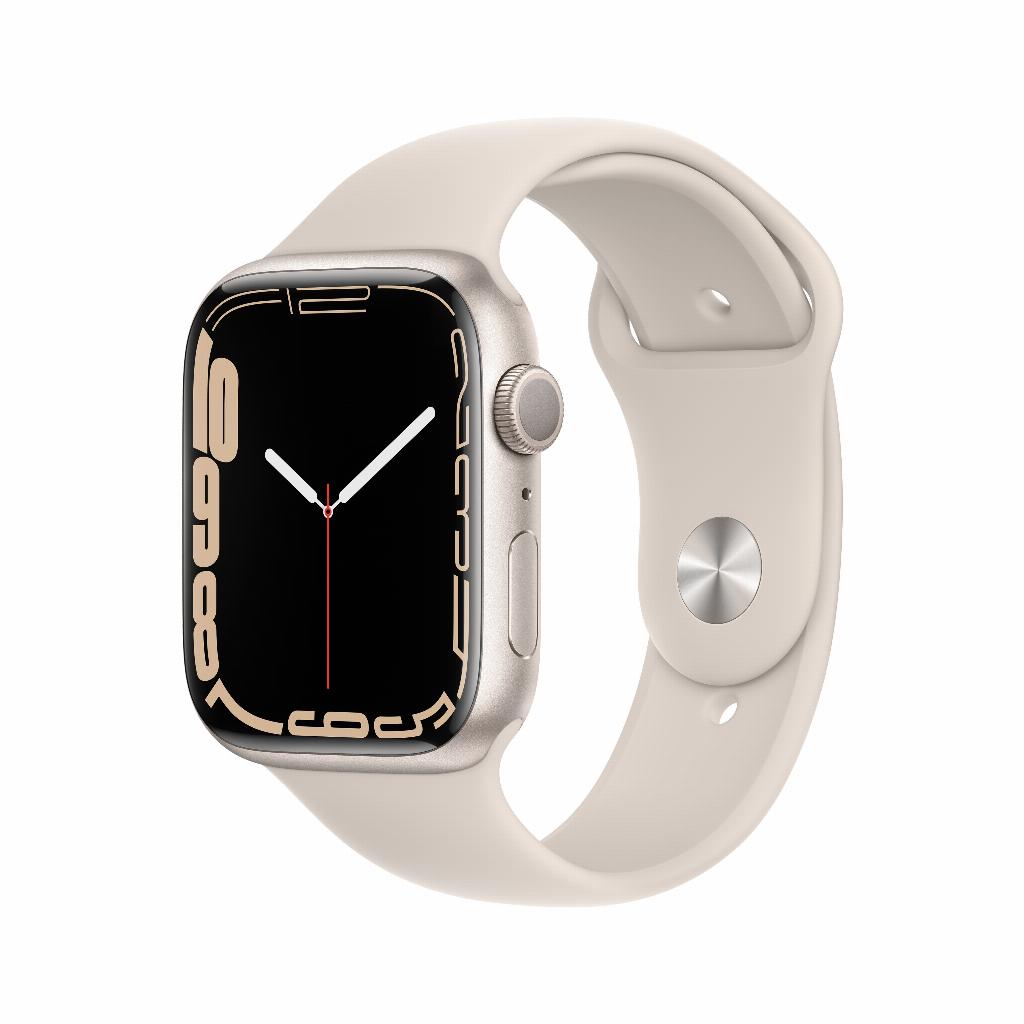Apple Watch oximeter: technology without context
An oximeter in your smartwatch sounds impressive. The Apple Watch 6 measures your blood oxygen every fifteen seconds, day and night. Handy for athletes, essential for people with health issues. Apple presented it as the innovation of 2020. But here's the problem: an oximeter without context is just a number on your wrist.
What does 95% oxygen actually mean? Is 92% alarming or normal during sleep? Apple doesn't tell you. They give you data, not context. While competitors with simpler sensors and practical accessories offer more useful insights. The question isn't whether the technology works—it does that perfectly. The question is whether Apple's obsession with hardware innovation isn't overlooking what users truly need: understandable health advice , not more measurements.
Useful links
- Apple Watch collection - compare different models
- Accessories for your smartwatch - wristbands and protection
- AirPods collection - combine with your Apple Watch
The oximeter explained: what does it actually do?
The blood oxygen monitor in the Apple Watch 6 uses LEDs and photodiodes on the back of the watch. Red and infrared light rays penetrate your skin and measure how much light is absorbed. From this, the device calculates your SpO2 level: the percentage of oxygen in your blood.
A measurement every fifteen seconds, day and night. That sounds impressive. The sensor also works during sleep, which is theoretically valuable for detecting sleep apnea. But here's the problem: what do you do with all that data?
Numbers without context: the fundamental problem
A healthy person usually has an oxygen level between 95% and 100%. Below 90% is medically considered problematic. But this simple guideline doesn't tell the whole story.
During intense exercise, your readings may drop temporarily. At high altitudes, lower readings are normal. Readings fluctuate when you have a cold or the flu. The Apple Watch doesn't provide these nuances. You just get a graph, nothing more.
Compare this to the Fitbit Sense. It also has an SpO2 sensor, but links the data to sleep analysis and provides concrete suggestions. Garmin's wearables alert you to unusual patterns and advise you to rest. Samsung's Galaxy Watch interprets trends over longer periods.
Practical applications: where does it really help?
The oximeter certainly offers added value for specific groups:
Mountain climbers and altitude training
When acclimatizing at altitude, athletes closely monitor their oxygen levels. This watch's continuous measurements provide insight into the adjustment process. However, you should know what normal values are at 3,000 meters.
Covid-19 monitoring
During the pandemic, many people used pulse oximeters at home. A smartwatch that measures automatically is more practical than a standalone device. But without a medical context, it's still guesswork when you need to intervene.
Sleep research
Nighttime drops in oxygen levels may indicate sleep apnea. The wearable's data may prompt further investigation. However, it is not a substitute for a professional sleep study.
The technical limitations
The accuracy of wrist measurements differs from medical fingertip meters. Movement, skin color, tattoos, and ambient temperature affect the results. Apple acknowledges this in small print, but presents the feature as if it were a medical device.
Battery life suffers from the continuous measurements. While the Apple Watch 5 barely lasted two days with sparing use, this model needs to be charged daily. Ironic, because nighttime measurements are especially valuable.
Considering alternatives
The Withings ScanWatch offers similar functionality with a 30-day battery life. Its design is more refined, and the price is lower. For pure health tracking, it's a better choice.
The Oura Ring only measures oxygen at night, but it provides comprehensive information. You'll receive scores, trends, and concrete advice. No screen, just insight.
For athletes, Garmin remains the standard. Their oximeter links training load, recovery advice, and altitude adjustment. Context is king.
Practical tips for users
If you have or are considering an Apple Watch 6:
- Keep a logbook: record when abnormal values occur and what you were doing at that time
- Find reference values: ask your doctor what normal values are for you
- Focus on trends: a single low measurement tells you little, patterns are more important
- Combine with other data: heart rate, activity and sleep together provide more insight
- Disable night measurements to save battery: unless you are specifically investigating sleep problems
The broader debate: innovation versus usability
Apple's approach illustrates a larger problem in the wearables industry. Manufacturers add sensors because it's technically possible, not because users demand them. Marketing presents it as revolutionary, but in practice, it's disappointing.
A simple heart rate monitor with good software delivers more health benefits than an oximeter without context. The Xiaomi Mi Band proves this: basic hardware, smart algorithms, and actionable insights.
The question isn't whether the technology is impressive. It is. The question is whether it solves the problems users struggle with. Do we want more data or better interpretation? More sensors or longer battery life? More features or more focus?
Conclusion for buyers
The oximeter in the Apple Watch 6 isn't a reason to upgrade from a Series 5. For new buyers, refurbished models without an oximeter are often a smarter choice. You'll save hundreds of euros on a feature you'll likely ignore after the first week.
It's better to invest in good accessories, like a spare wristband for exercising. Or combine a simpler smartwatch with a dedicated sleep tracker. Specialized devices do one thing well, instead of everything halfway.
Conclusion: Functionality over technology
The oximeter in the Apple Watch 6 perfectly illustrates what goes wrong when technology takes precedence over usability. Yes, it measures your blood oxygen – but without context, it remains a meaningless number on your wrist. For most users , a refurbished Apple Watch without an oximeter is the smarter choice: you save money on a feature that ends up in the drawer after a week.
Do you really want to monitor your health? Then choose wearables that translate data into understandable advice, or invest the price difference in practical accessories you'll actually use.


